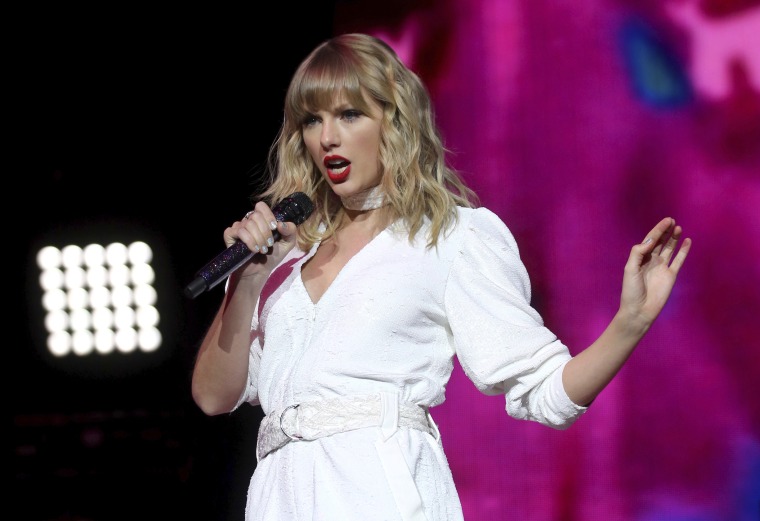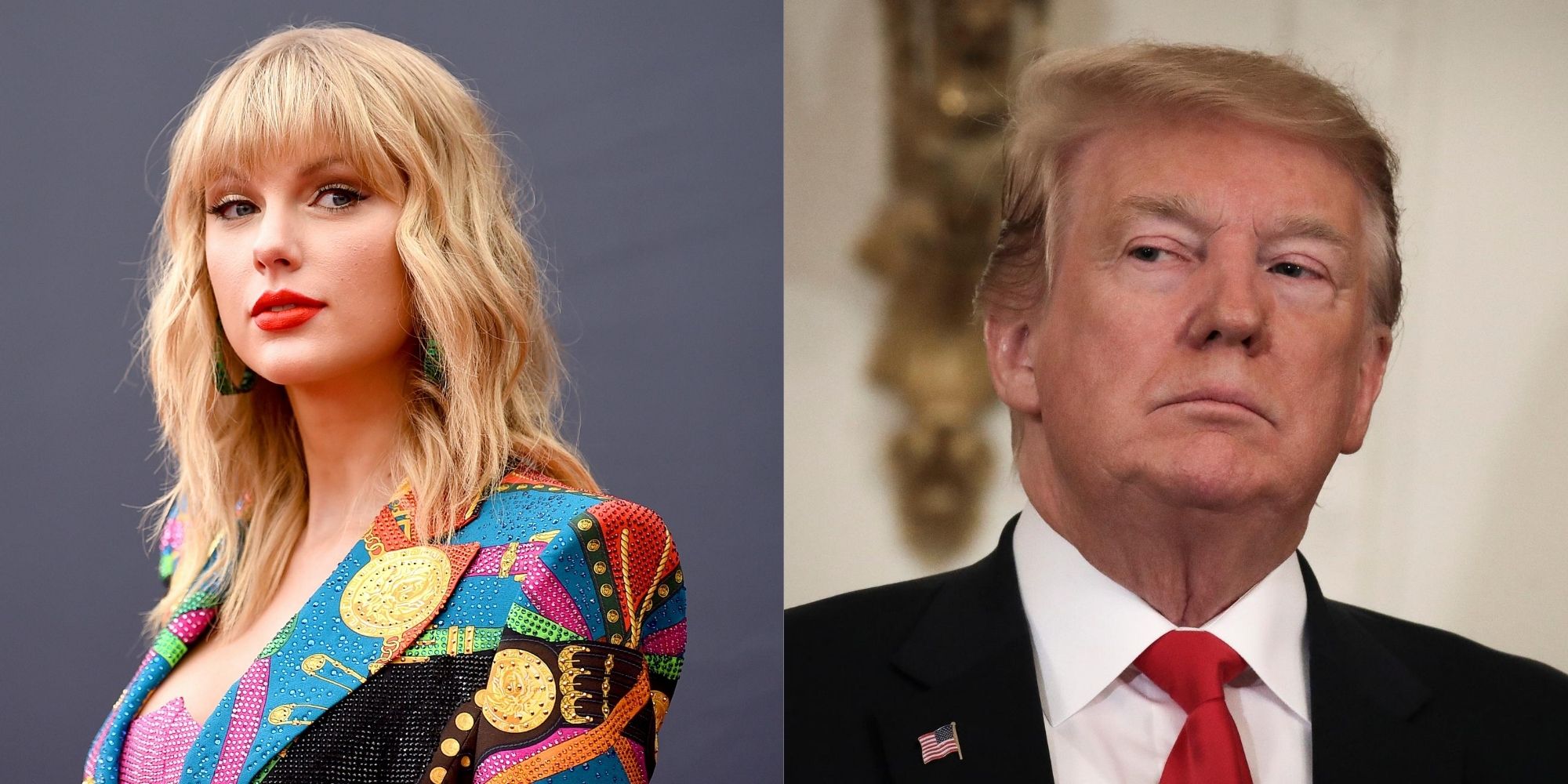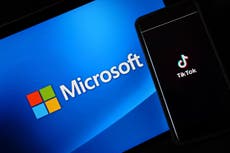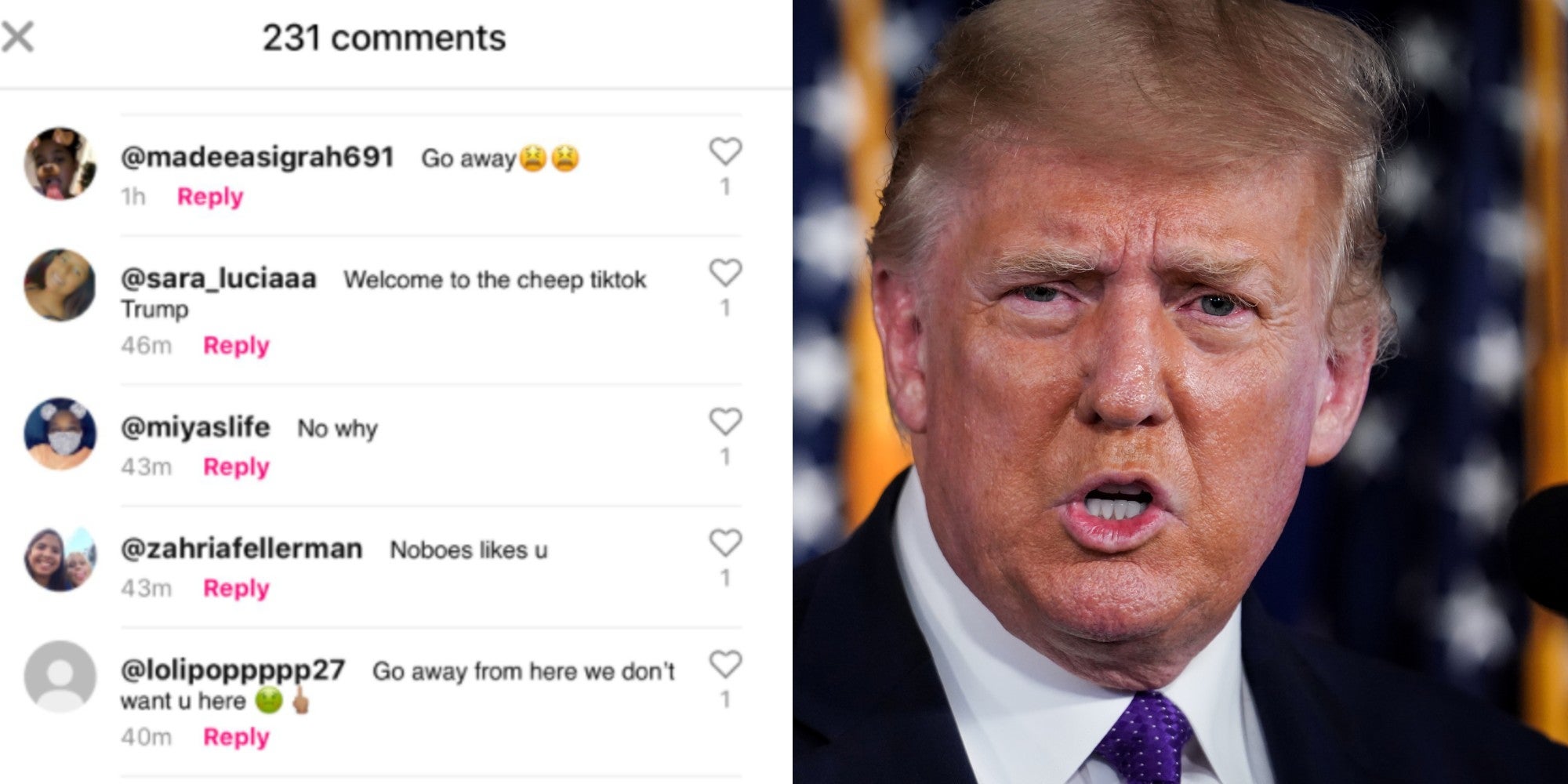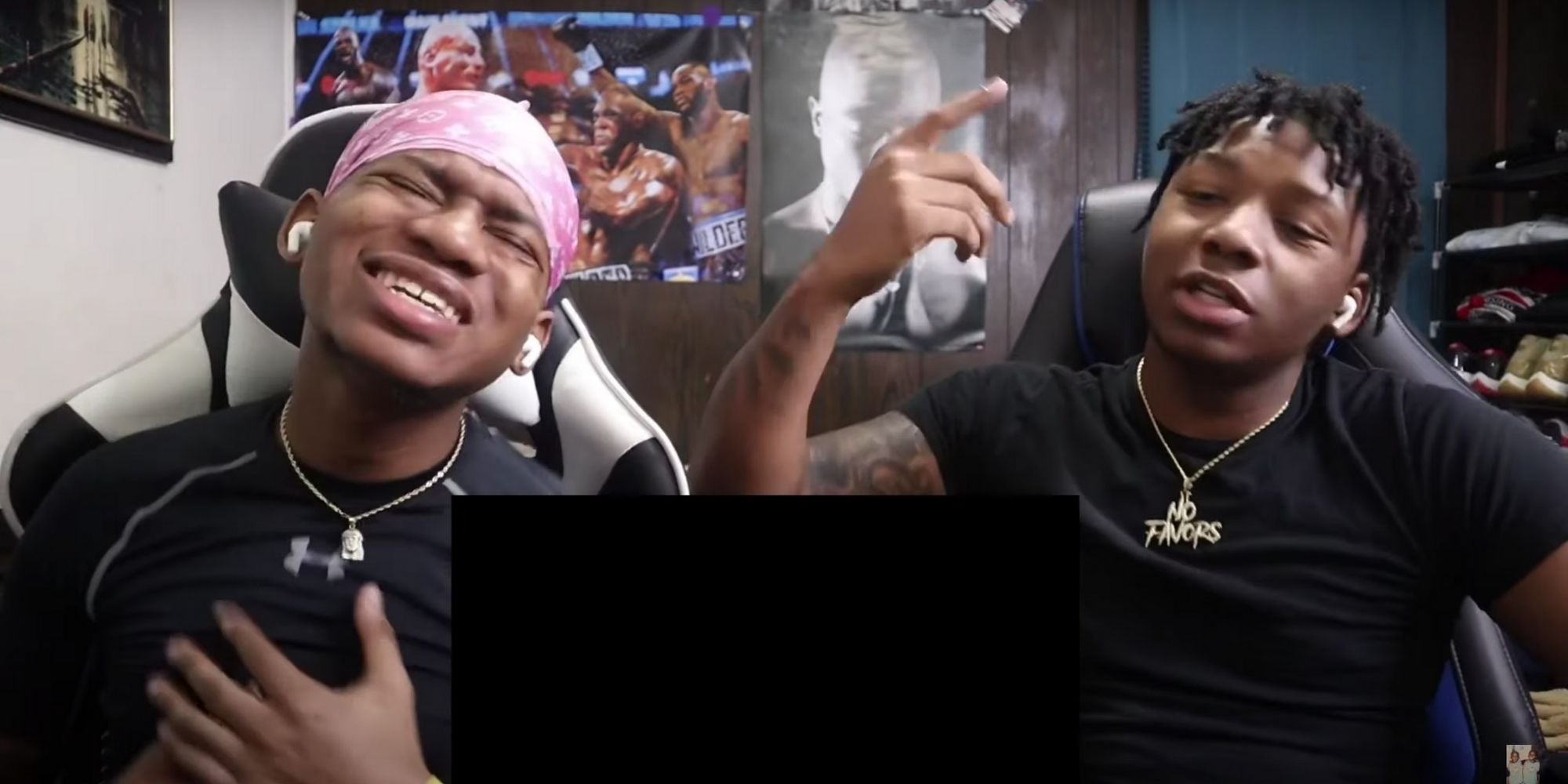16/8/2020 by Narjas Zatat in news

Picture: Hulton Archive/Carsten Koall/Getty
Researchers at the University of Oxford have finally confirmed that human activity and other “external factors” are the cause of the rise in global temperature.
This disproves decades of scientific consensus that attributed early changes in the Earth’s climate to its climatic pacemaker, called the Atlantic Multidecadal Oscillation (AMO).
In a study published in the Journal of Climate, scientists and researchers at the Environmental Change Institute looked at ocean and land temperature data since 1850.
Taking aside man-made factors attributed to climate change like greenhouse gas emissions, scientists looked at volcanic eruptions, solar activity and air pollution peaks.
Slow-acting ocean cycles do not explain long-term changes in global temperature.
In a study published in the Journal of Climate, scientists and researchers at the Environmental Change Institute looked at ocean and land temperature data since 1850.
Taking aside man-made factors attributed to climate change like greenhouse gas emissions, scientists looked at volcanic eruptions, solar activity and air pollution peaks.
Slow-acting ocean cycles do not explain long-term changes in global temperature.
The lead author of the study, Dr Karsten Haustein, said: "We can now say with confidence that human factors like greenhouse gas emissions and particulate pollution, along with year-to-year changes brought on by natural phenomenon like volcanic eruptions or the El Niño, are sufficient to explain virtually all of the long-term changes in temperature.”
The idea that oceans could have been driving the climate in a colder or warmer direction for multiple decades in the past, and therefore will do so in the future, is unlikely to be correct.
The study demonstrated that global warming which occurred between 1915 and 1945 – an era of industrialisation in many parts of the western world - was caused by external factors. This contradicts previous ideas that it had been attributed to natural ocean temperature changes.
The idea that oceans could have been driving the climate in a colder or warmer direction for multiple decades in the past, and therefore will do so in the future, is unlikely to be correct.
The study demonstrated that global warming which occurred between 1915 and 1945 – an era of industrialisation in many parts of the western world - was caused by external factors. This contradicts previous ideas that it had been attributed to natural ocean temperature changes.
Co-author Dr Friederike Otto added: “Our study showed that there are no hidden drivers of global mean temperature."
The temperature change we observe is due to the drivers we know. This sounds boring, but sometimes boring results are really important. In this case, it means we will not see any surprises when these drivers - such as gas emissions - change. In good news, this means when greenhouse gas concentrations go down, temperatures will do so as predicted; the bad news is there is nothing that saves us from temperatures going up as forecasted if we fail to drastically cut greenhouse gas emissions.
H/T Science Daily
H/T Science Daily



